friendly diamonds
INR
- Engagement RingsEngagement Rings
Create your own
pre-designed engagement rings
Shop by style
Shop by metal
- Back
You can choose different types of diamonds: round, emerald, princess, pear, heart, asscher, cushion, oval, radiant and marquise cuts. Each diamond type is as beautiful as the other and tells a different story regarding your engagement ring.
Each cut has a specific feature that'll suit your preferences according to how you'd like your ring to look and shine. For example, round-shaped diamonds are a classic type of diamond with the most brilliance and shine. And oval-shaped diamonds are a trending modern cut that adds more length to the wearer's fingers.
Before choosing your diamond, you must know everything there is to know about your diamond. The Diamond 4 C’s give you the necessary insight into your purchase, as it is a grading system that details and outlines your diamond’s quality and price.
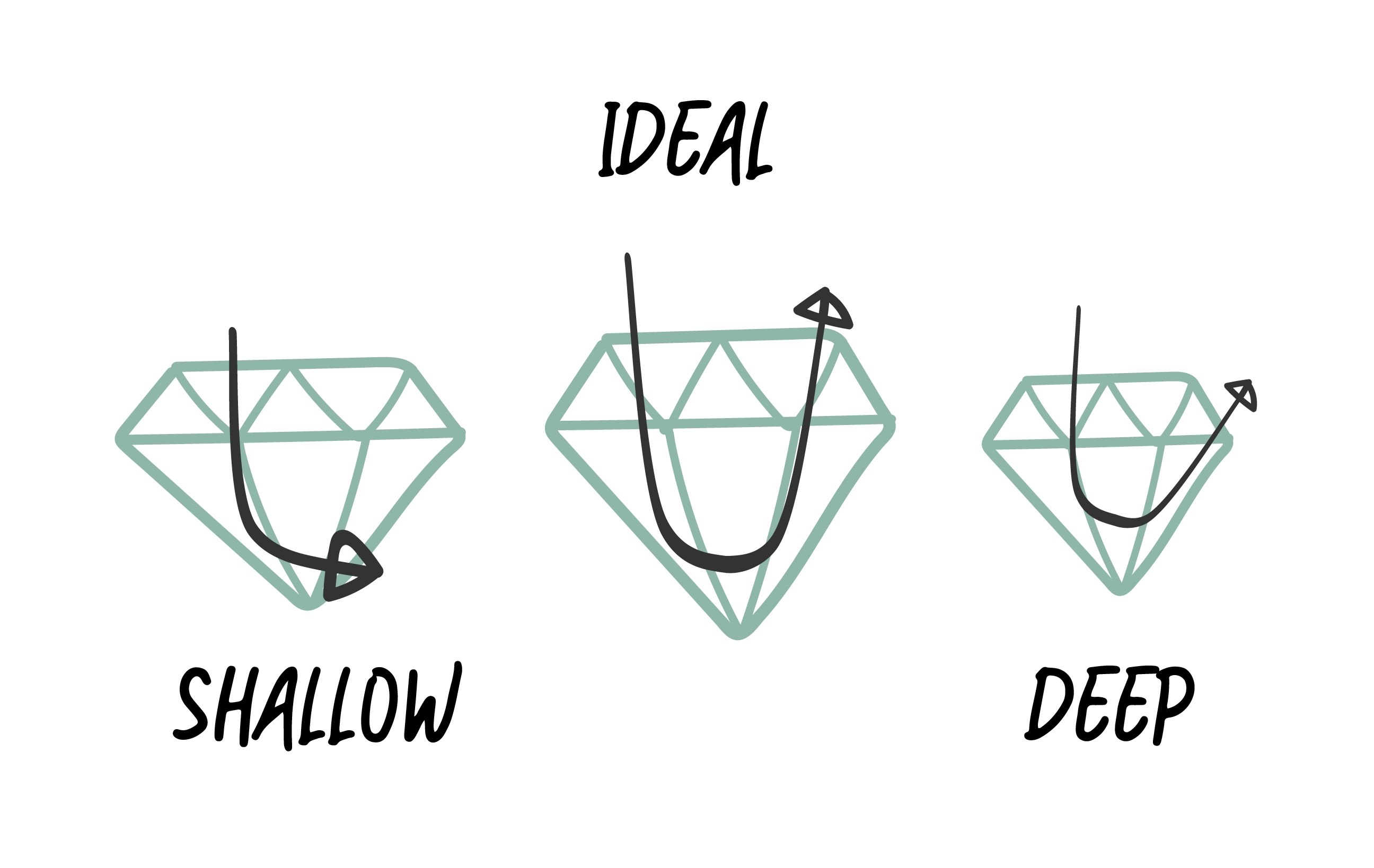
A diamond's sparkle is based on how well the facets are cut and how well the facets interact with light, making the diamond cut an important feature when choosing your diamond. The diamond cut basically defines the beauty of your gemstone and is one of the most important C’s when it comes to your diamond. At Friendly Diamonds, you can choose from a super-sized inventory of brilliant, sparkly diamonds perfect for your engagement ring.
Know more about Diamond CutDiamonds can have inclusions inside and blemishes on the surface. They affect the gemstone's visual appearance; hence, diamonds have to be graded for their clarity. Diamond clarity grades range from I (Inclusions) to FL (Flawless). (I) stands for inclusions, which refers to diamonds with the most inclusions and is at the bottom of the diamond clarity scale. And (FL) stands for flawless, referring to flawless diamonds at the top of the diamond clarity scale.
Know more about Diamond Clarity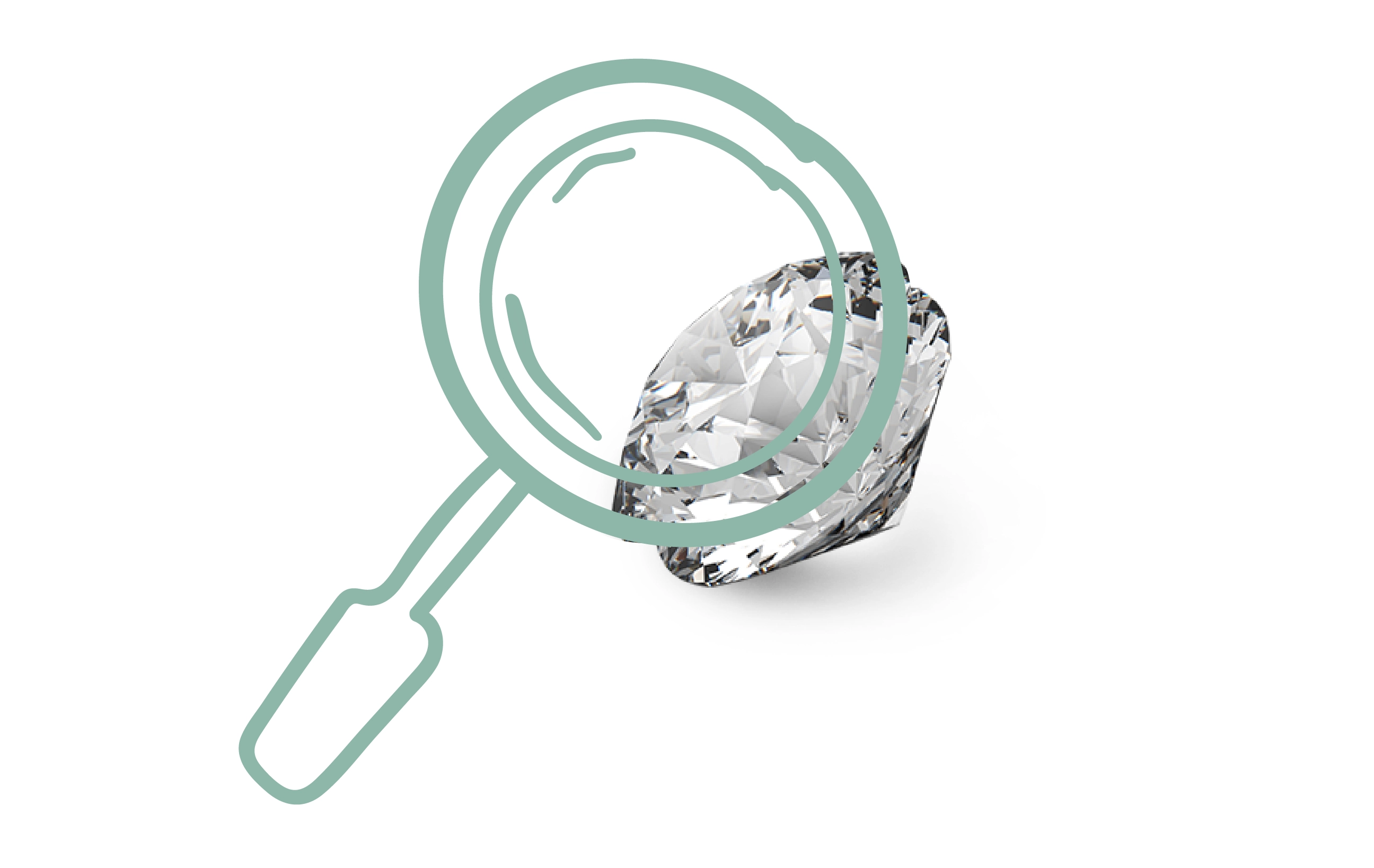
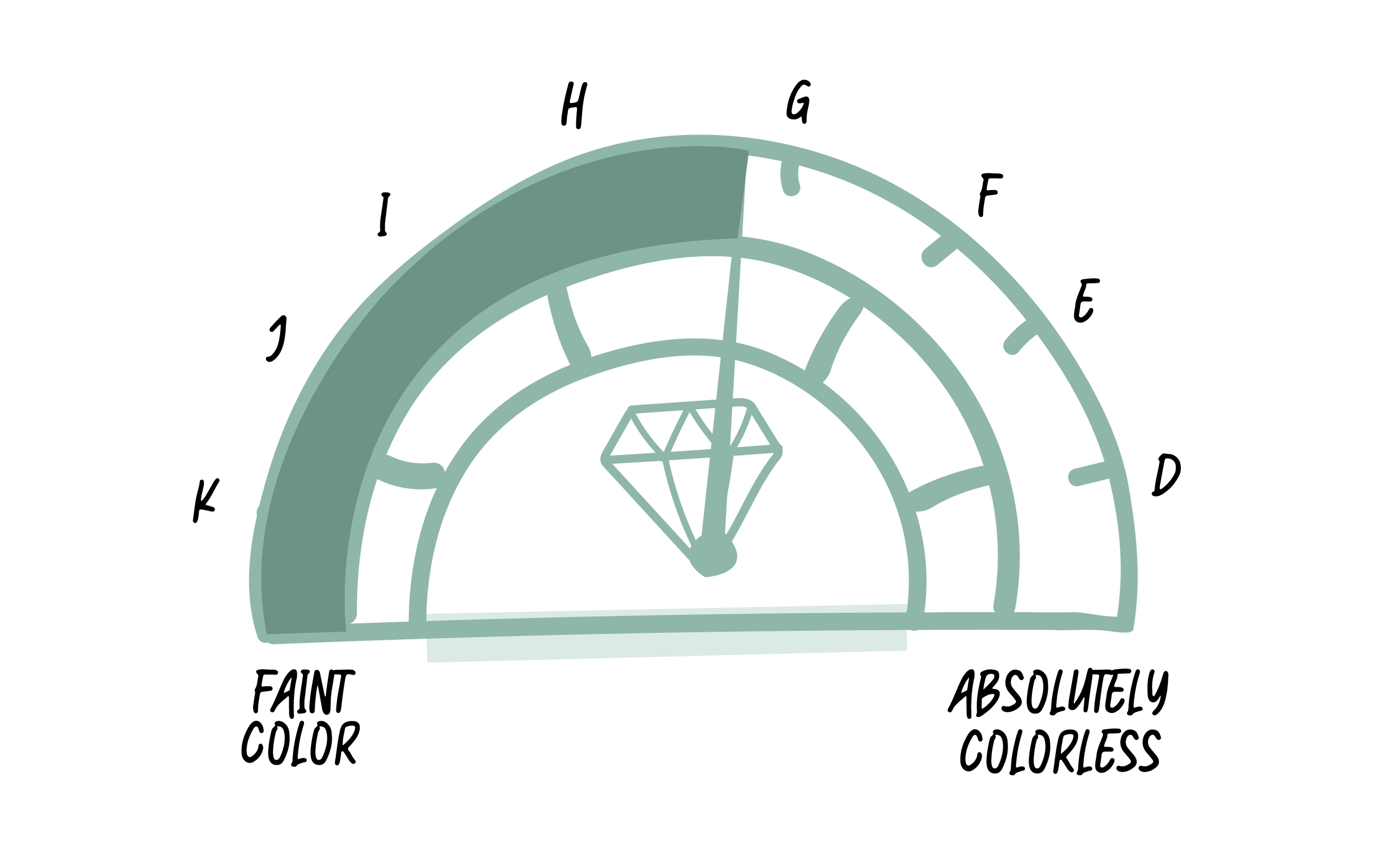
Diamonds are available in many colours. They are classified as white, practically coloured diamonds or fancy colours. Diamond colour distinctions are so subtle that only a trained gemologist can colour grade the gem. A diamond's price value can rise or fall based on the intensity and hue of the colour.
D, E, F: colour-graded diamonds are colourless diamonds but not always of the best value.
G, H, I: colour-graded diamonds are also clear and have the perfect balance of quality and value.
J, K, L: diamonds have a slightly warm tint and are sometimes considered diamonds of value depending on other factors.
M to Z: diamonds have a noticeably yellow, brown or blue tint.
Diamond carat weights are not to be confused with diamond size. Diamond size refers to how big your diamond is. Carat weight refers to the weight of your diamond. The weight is measured in carats. One metric carat equals 200 milligrammes. The heavier the carat weight, the costlier the diamond, as large diamonds are not easy to procure.
Know more about Diamond Carat Weight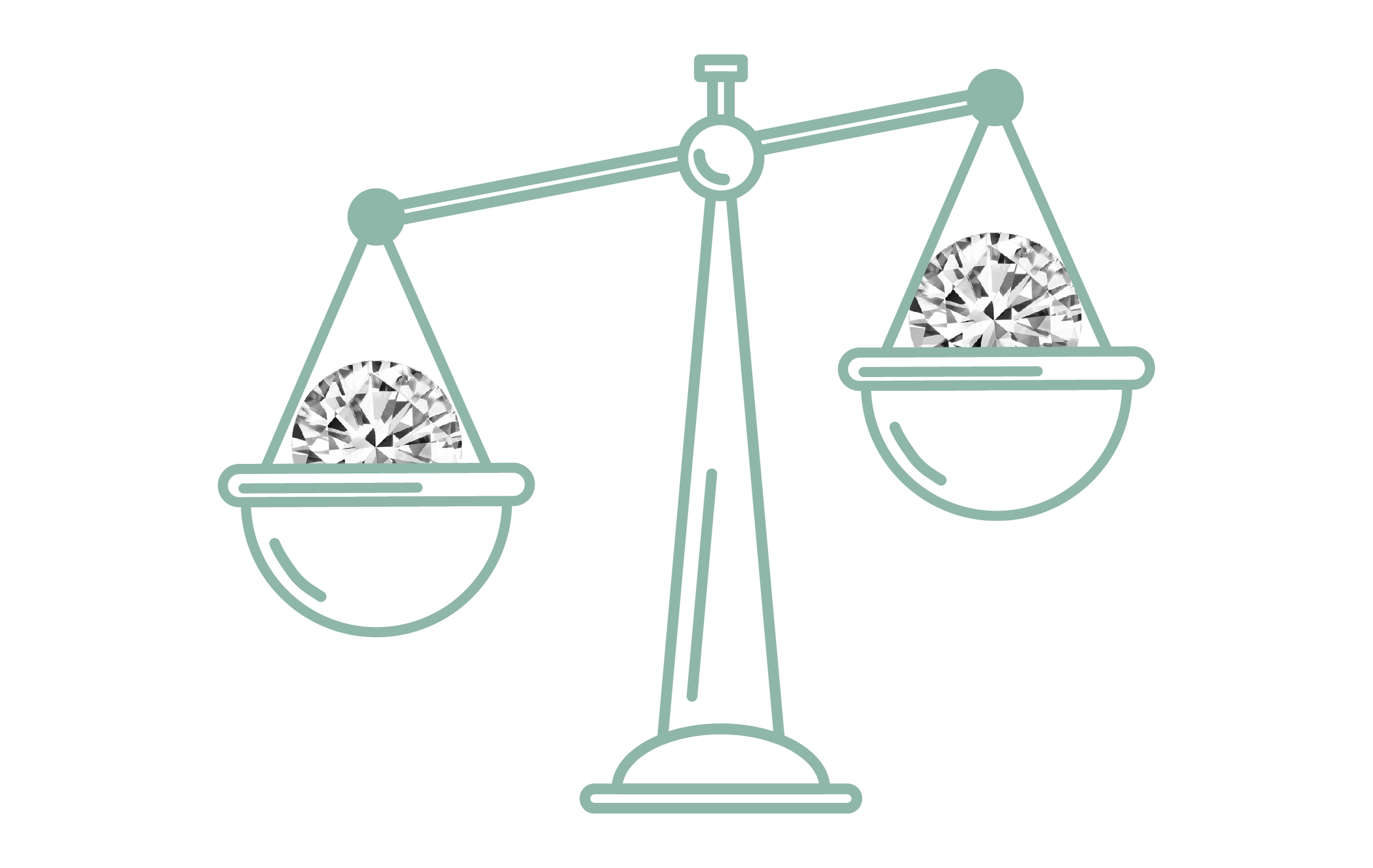
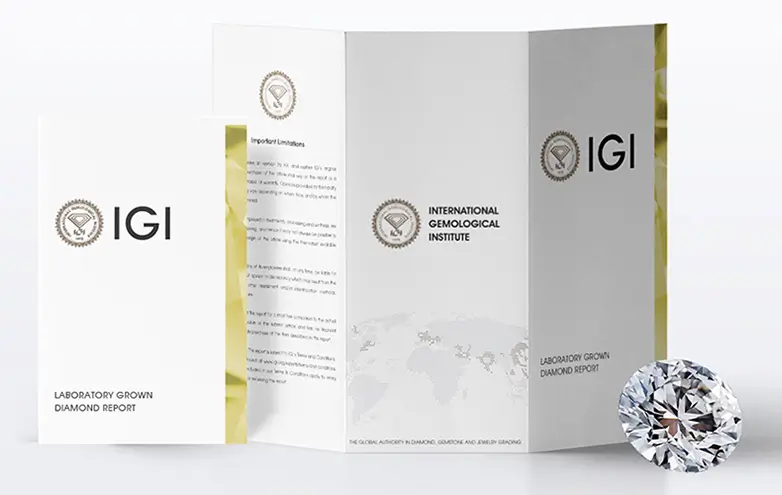
Your diamond is certified based on the 4 C’s by independent labs like GIA, GCAL and IGI. These labs provide certificates that give you complete details about your diamond's quality. Always ask your online jeweller for a diamond certificate so that you know the actual value of your diamond purchase.
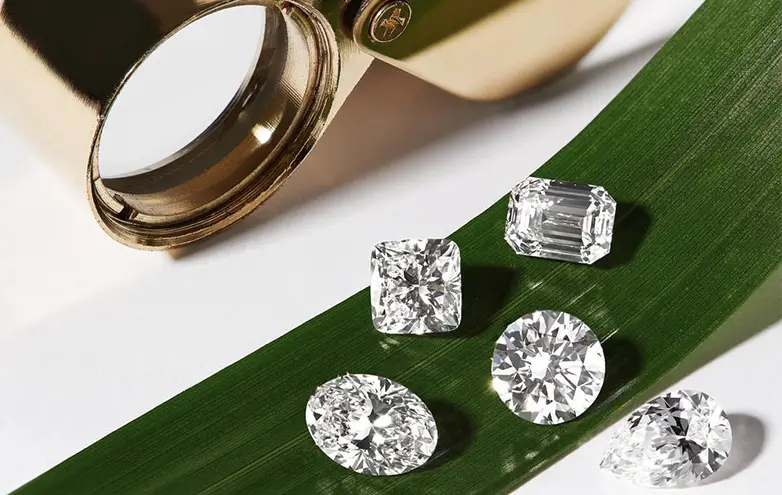
The C of conscience refers to the purchase of responsible diamonds. Over the years, the diamond mining industry has been known for unethical practices related to blood diamonds and human rights issues. The industry is also known for its detrimental effects on the environment. Choosing a lab diamond ensures a smaller carbon footprint on the planet, making it an ethical, sustainable and environmentally conscious purchase.